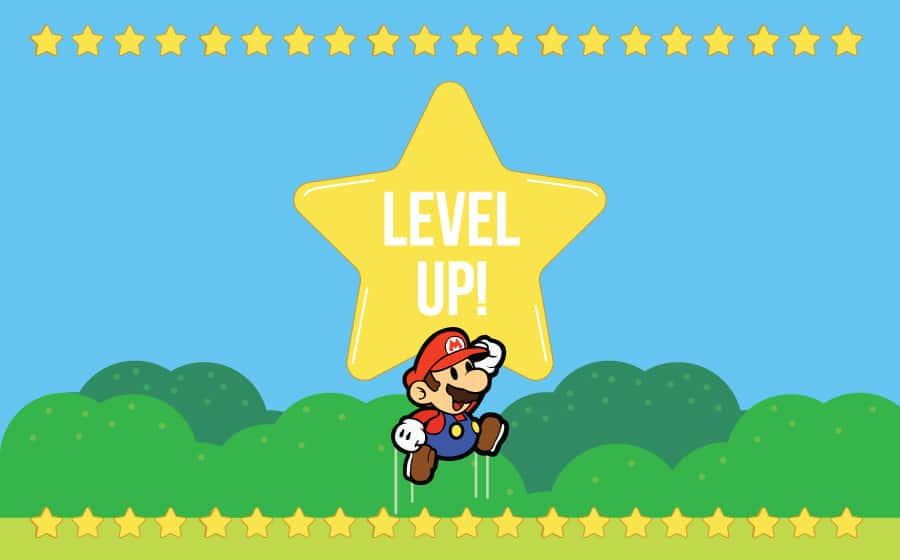Hours spent alone with your Xbox might not be the same as hours spent in the library, but–contrary to your mom’s belief–your dedication to Modern Warfare isn’t for naught. Researchers from the University of Rochester have found that gaming is much more than trash talk and leveling up: It can actually help you become a better learner.
Of course, before you ditch textbooks for video game controller, some context is necessary to unlock the potential of gaming as a learning tool. As it turns out, the type of game might be just as important as the gaming itself. Understanding the difference could be the first step in overhauling a tired L&D program to include some fun and games.
Brain Games
The study, which was published in the October 2014 issue of Proceedings of the National Academy of Sciences of the United States of America pitted two types of gamers against each other: Intense players versus those of the mellow variety. One group played high stakes games (think Call of Duty 2) and the other kicked back with The Sims. First, both groups were tested on certain tasks before starting to play. After about 50 hours with their respective games, both groups were tested on the same tasks.
The results? The group that played the intense game could perform the task better after 50 hours of gaming. And, when retested throughout the year, those gamers continued to improve. Researchers hypothesized that gamers’ brains can better “learn the proper template as they experience the task.” In other words, gamers are better at layering information to understand what they need to do in order to level up in the game.
The Gamer Genius
When applied to an eLearning perspective, these findings can be even more powerful than giving gamers the edge while playing. The study showed that not only were action gamers more likely to improve, they exhibited a slew of behaviors that would be beneficial in leadership positions. Gamers are better multitaskers, have longer attention spans, are better at making decisions, and can more easily switch between tasks–all of which indicate enhanced learning capabilities.
Not all eLearning can be structured like a high-stakes video game, but the findings from this study are compelling on a number of levels. Instead of condemning gaming as a waste of time, building higher stakes, game-like components into training modules could result in more engaged, better-educated learners who are quick to make leadership decisions. Gaming lights up different areas of the brain, teaching learners how to react in stressful situations and how to layer new information over an existing foundation of knowledge.
Gamers might be among your best learners if you know how to properly harness their potential for something other than late night game-a-thons. Including gamification as part of your L&D strategy engages learners in a completely new way, so you can respect both the player and the game.





